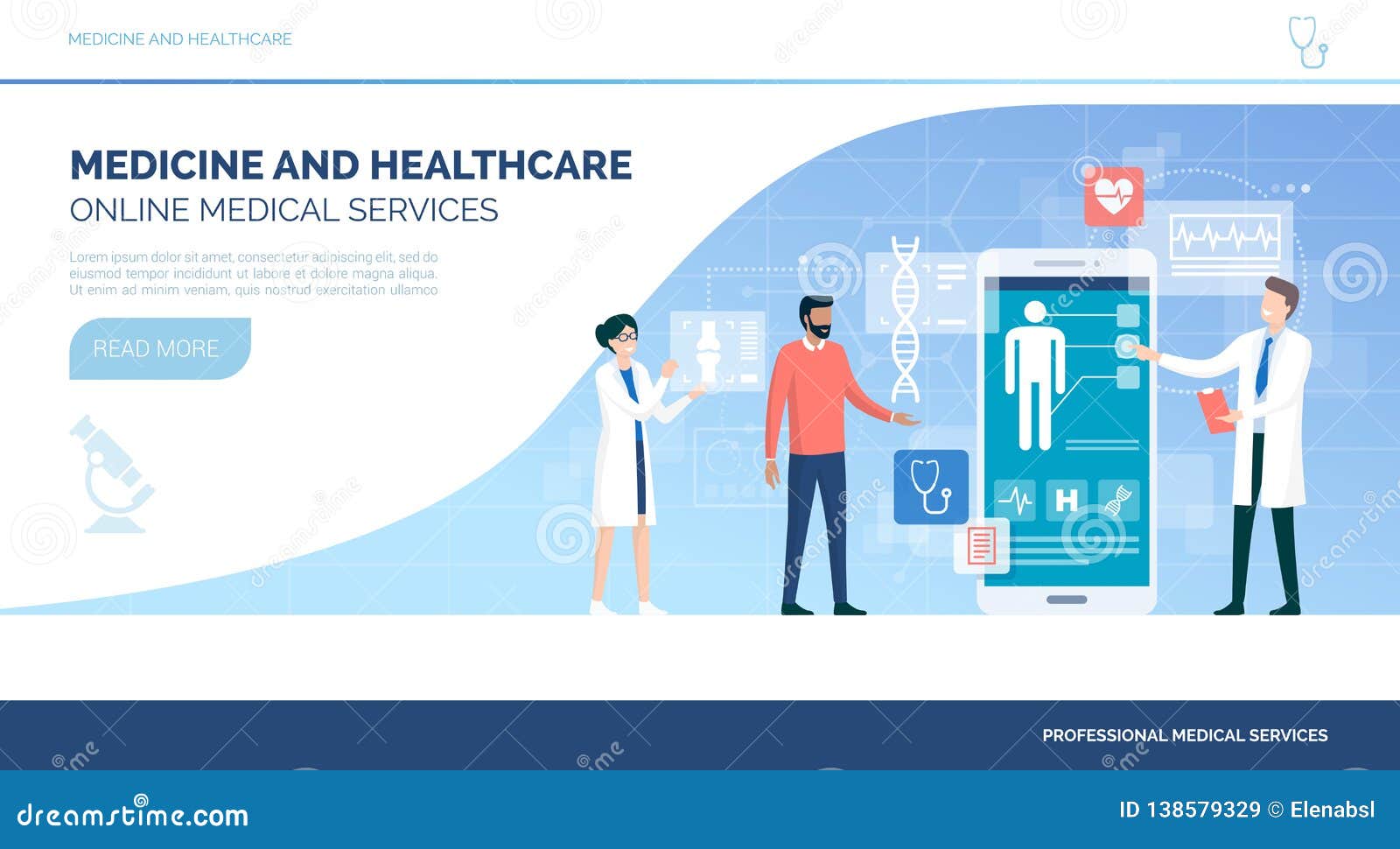Why Subscription Based Healthcare is Gaining Popularity Among Patients Today
Just How Subscription-Based Healthcare Is Reinventing the Medical Market

The Rise of Membership Health Care
In the last few years, the health care market has seen a substantial change in the direction of subscription-based designs, showing wider consumer patterns favoring convenience and predictability. This improvement is driven by the increasing demand for even more personalized and accessible care solutions. Registration medical care, occasionally described as concierge medicine or straight medical care, supplies people a set regular monthly fee for a range of clinical services, considerably altering typical fee-for-service versions.
The increase of subscription medical care is assisted in by improvements in technology, which make it possible for structured communication between service providers and patients - subscription based healthcare. Digital systems and telehealth services have actually ended up being integral, supplying people the capability to schedule consultations, access clinical records, and obtain assessments online. This technical combination not just enhances person interaction yet likewise permits companies to supply much more reliable care
Additionally, the registration version aligns with the developing expectations of people who seek more control over their health care expenses and experiences. While this design is getting grip, its spreading encounters obstacles such as governing hurdles and the requirement for wider acceptance within the conventional medical care community.
Advantages for Patients and Carriers
Subscription-based healthcare offers a plethora of advantages for both individuals and companies, reshaping the dynamics of healthcare. For clients, this model provides boosted accessibility to health care services. With a foreseeable regular monthly fee, patients can appreciate unrestricted examinations, decreased wait times, and individualized treatment. This arrangement often brings about a much more positive approach to wellness administration, permitting prompt interventions that can prevent persistent problems from intensifying. The monetary openness of subscription versions reduces the unpredictability linked with conventional fee-for-service payment, minimizing the burden of unforeseen clinical expenses.
For medical care suppliers, subscription-based designs cultivate a more lasting and enjoyable method. By protecting a constant income stream, carriers can focus on providing high-grade treatment without the stress of volume-based service. This model encourages longer client examinations, cultivating more powerful patient-provider partnerships and boosting wellness end results. In addition, it offers suppliers the adaptability to introduce and include holistic and precautionary care methods. Administrative tasks are frequently streamlined, lowering overhanging prices and enabling suppliers to commit more time to client interaction. Overall, subscription-based medical look here care straightens the rewards of service providers and clients, advertising a much more patient-centered and effective healthcare distribution system.
Trick Features of the Design
Frequently, the crucial attributes of the subscription-based healthcare design emphasize its distinctive method to providing clinical solutions. Central to this version is the concept of predictable, regular monthly repayments, offering people a comprehensive variety of services without the unpredictability of standard fee-for-service frameworks. This version often includes unlimited accessibility to medical care services, precautionary treatment, and regular examinations, making certain that clients can involve with their doctor proactively instead of reactively.
Furthermore, direct communication channels, such as telemedicine and messaging platforms, are stressed, permitting people to obtain prompt suggestions and appointments without requiring in-person consultations. This improves availability and comfort, especially for individuals with movement constraints or those staying in remote locations. The design likewise fosters stronger doctor-patient partnerships, as doctor are incentivized to focus on long-term wellness end results instead of short-term visits.
Moreover, subscription-based medical care commonly incorporates technological innovations, such as digital health and wellness records and wellness tracking apps, to provide customized and efficient treatment. Individuals take advantage of worked with and constant treatment administration, which is customized to their particular health demands. Ultimately, these attributes collectively develop a patient-centered healthcare experience, focusing on access, expense openness, and precautionary care.

Obstacles and Factors To Consider
While the subscription-based healthcare design supplies various benefits, it is not without its factors to consider and obstacles. Membership designs might inadvertently favor those with greater socioeconomic standing, potentially broadening differences in healthcare access for lower-income individuals that might struggle with regular monthly charges.
An additional challenge hinges on regulative conformity. Subscription-based medical care must navigate a complicated internet of laws that differ by area, including concerns around individual confidentiality, data protection, and state licensing requirements. Making sure compliance without restraining the design's adaptability and development can be intimidating for carriers.
Additionally, there is the risk of overutilization or underutilization of services. Patients paying a repaired charge may overuse services, resulting in enhanced operational costs, while others might underutilize due to fear of straining the system, possibly disregarding essential treatment.
Future Potential Customers and Innovations
The landscape of subscription-based health care is poised for change through emerging innovations and evolving prospects. As modern technology remains to breakthrough, the assimilation of man-made intelligence and device learning offers substantial chances to improve diagnostic precision and enhance individual management. Predictive analytics can change precautionary care by determining prospective health threats before they manifest, consequently decreasing both costs and the worry on health care systems.
Moreover, telemedicine is readied to broaden within subscription designs, offering patients raised access to medical care experts despite geographical restrictions. This not just facilitates connection of care yet also equips clients to engage even more actively in their wellness management. Furthermore, blockchain technology uses potential in safeguarding patient information and ensuring interoperability throughout platforms, cultivating count on and openness.
Partnerships between technology firms and health care carriers are most likely to generate cutting-edge remedies, boosting individual experiences and results. As these potential customers emerge, subscription-based healthcare has the potential to redefine just how treatment is provided and accessed.
Conclusion
Subscription-based health care is changing the medical sector by offering a much more accessible, predictable, and patient-centered strategy to medical solutions. Despite difficulties check my source such as governing hurdles and possible disparities in gain access to, the membership design holds pledge for an extra reliable and customized medical care experience.
Registration healthcare, often referred to as attendant medicine or direct main treatment, offers clients a set month-to-month fee for an array of clinical solutions, substantially modifying conventional fee-for-service designs.
Moreover, the membership design straightens with the evolving assumptions of people who seek more control over their healthcare costs and experiences. For individuals, this design gives boosted accessibility to his response medical care solutions. On the whole, subscription-based healthcare aligns the incentives of patients and suppliers, advertising an extra patient-centered and reliable health care shipment system.
Furthermore, telemedicine is set to expand within registration designs, offering clients enhanced access to healthcare specialists no matter of geographical restrictions. - subscription based healthcare